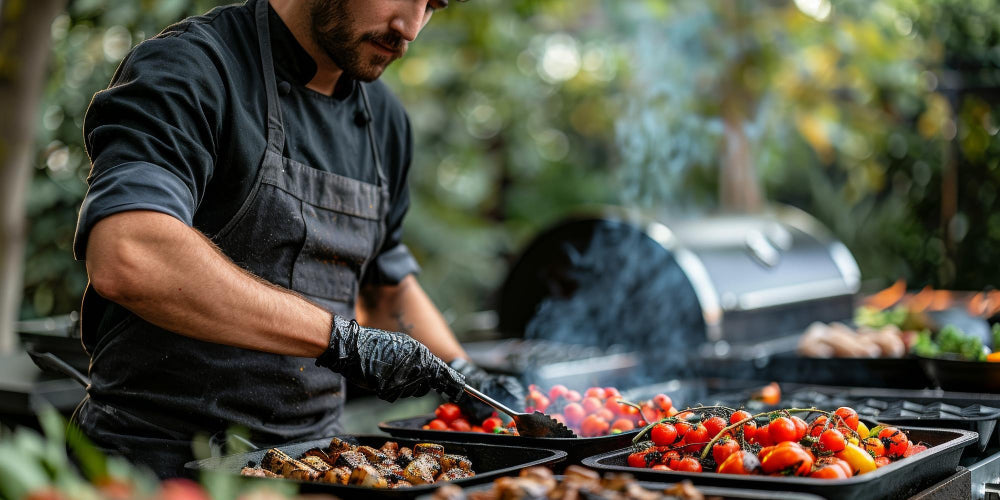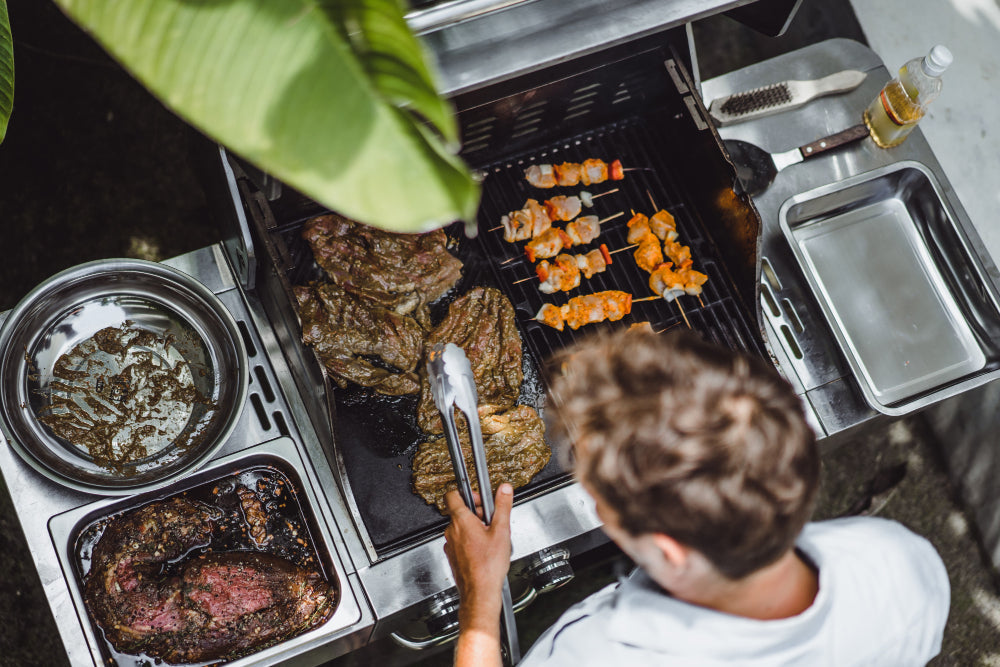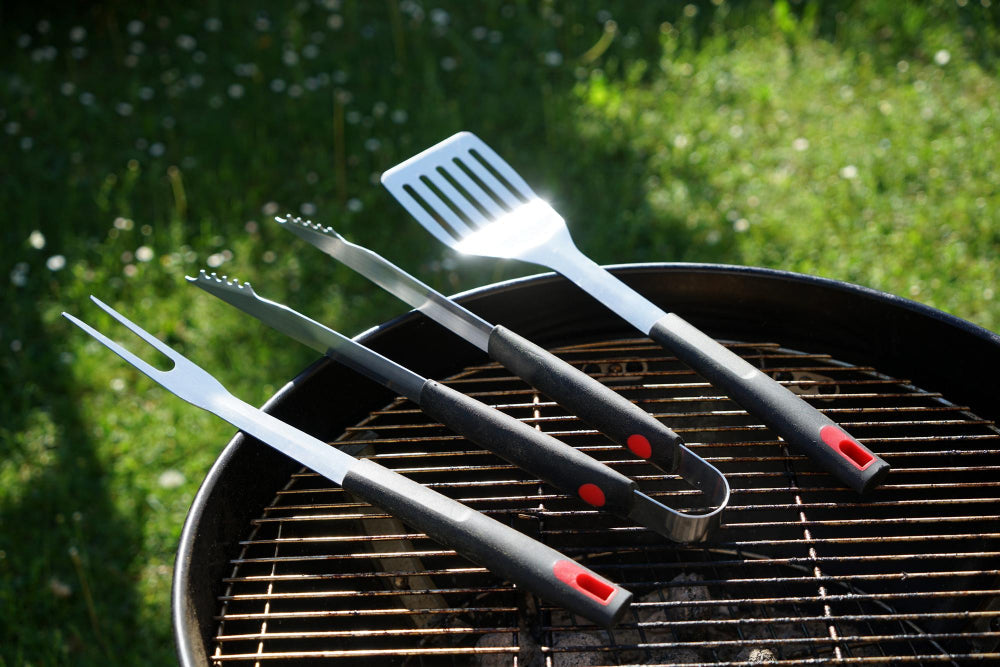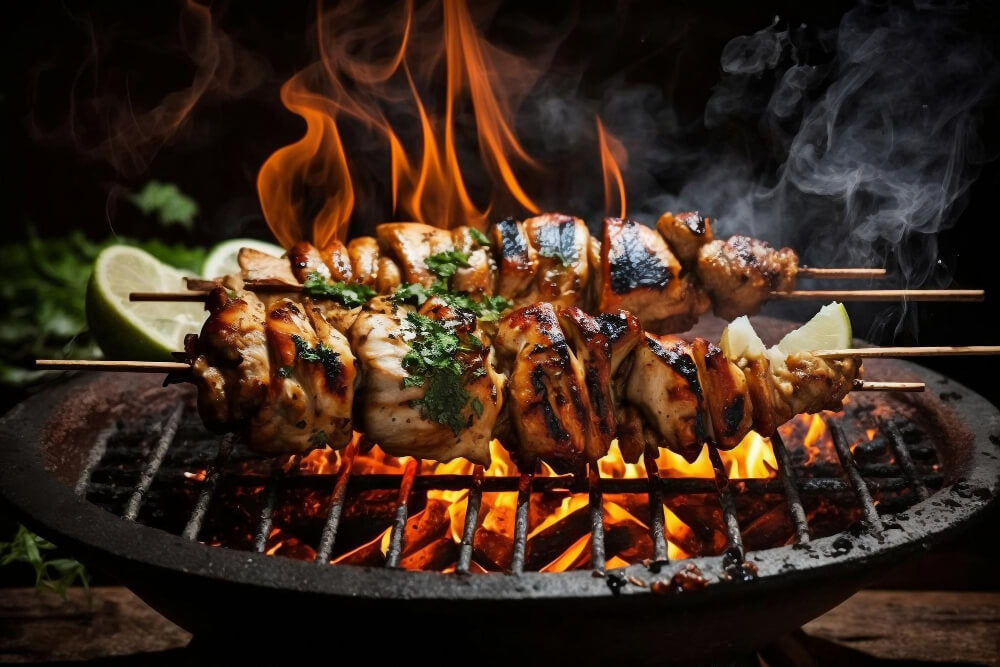
The Science of Perfect Grilling: Heat, Smoke & Flavor Explained
Grilling isn’t just about throwing food on a hot surface — it’s a science of heat, smoke, and flavor. Understanding how these elements work together can take your BBQ from good to unforgettable. Let’s break down the essentials every grill master should know.
Heat: The Foundation of Grilling
The way you control heat defines the cooking outcome.
-
Direct Heat – Best for quick cooking foods like burgers, steaks, and vegetables. The food sits directly over the flame for a crisp sear.
-
Indirect Heat – Ideal for larger cuts such as ribs, brisket, or whole chickens. Food is placed away from the flame, cooking low and slow for tender results.
Tip: Use a grill with adjustable zones or divide charcoal on one side to create a two-zone cooking system for flexibility.
Smoke: Adding Depth of Flavor
Smoke is where BBQ becomes truly unique. Different wood types give distinct flavor profiles:
-
Hickory – Strong, smoky flavor perfect for ribs and pork.
-
Applewood – Sweet and mild, great for poultry and fish.
-
Mesquite – Bold and earthy, best for beef cuts.
-
Cherry – Light and fruity, adds beautiful color to meats.
Tip: For gas grills, use a smoker box or foil packet filled with wood chips to achieve the same smoky depth.
Flavor: The Perfect Balance
Flavor is a combination of heat, smoke, seasoning, and technique.
-
Marinades & Rubs – Build a foundation of taste before the food hits the grill.
-
Caramelization – High heat triggers the Maillard reaction, giving that golden-brown crust.
-
Moisture Control – Basting with sauces or oils keeps meat juicy without drying out.
Remember: Patience is key. Let meat rest after grilling to lock in juices and deepen flavor.
Final Thoughts
Mastering the balance of heat, smoke, and flavor is the true art of BBQ. Once you understand the science behind it, every cookout becomes a chance to impress — and every bite tells a story of precision and passion.


